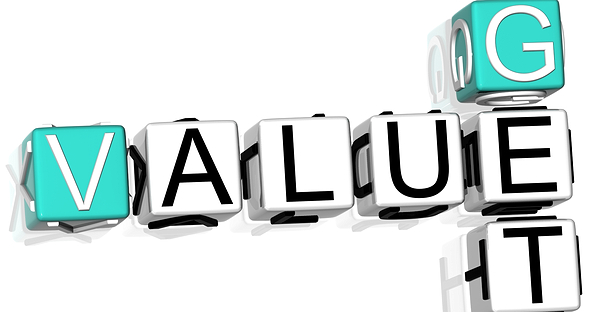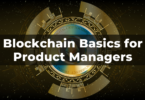Product Life Cycle and Value
The dictionary defines value as “a characteristic of the importance, the worth or the ultimate usefulness of something.” Your customer, on the other hand, might define value as “something that I can’t possibly live without.” Unfortunately, this is every bit as subjective as it sounds: what one person considers valuable another person might not, meaning that value truly is in the eyes of the beholder.
So how do you add value throughout the product life cycle when you can’t really be sure what “value” means in the first place? Luckily, it’s possible to get fairly close to the mark regardless of subjectivity not by aiming for “value” in a broad term, but by breaking the concept down into the sum of its parts.
Value: Breaking Things Down
According to a brilliant article published in the Harvard Business Review (Eric Almquist, 2016), goods and services must deliver the “fundamental elements of value that address four kinds of needs: functional, emotional, life changing and social impact.” The higher the number of these components that your good or service can provide, the higher the degree of value you’ll be able to add. This idea is called, appropriately enough, the Pyramid of Value Elements.
The article goes on to add that “the more elements provided, the greater customers’ loyalty and the higher the company’s sustained revenue growth.”
To add functional value, you essentially need to make a customer’s life easier. You need to save them time, or simplify their life or help them organize or make them money. Emotional value, on the other hand, comes by way of improving a person’s wellness, reducing their anxiety, adding some type of therapeutic value and similar ideas.
Life changing value, on the other hand, involves goods and services that provide hope, motivation, affiliation or a sense of belonging or even self-actualization. This is very similar to the idea of social impact, which offers something truly rare but just as important as any of these other elements: self-transcendence.
Putting Value to Work for You
Simply identifying the core elements that a good or service needs to be considered valuable, however, isn’t quite enough to get the job done. You still need to know precisely how to put those elements to work for you, strategically adding as many of them as you can at all levels of the process during the seven phases of the product life cycle.
Every time you think about adding a feature, or adjusting the user experience, or you make a strategic decision that affects the quality of the end product; you need to be asking yourself “how many elements of value from the Pyramid of Value Elements chart is possible?”
EVERY choice you make should be funneled through this one simple idea. Even at the earliest design stages, take a look at your ultimate vision for the product and determine how many boxes on the Elements of Value Pyramid you can check off. Then, ask yourself “how can I push this a little farther.” It’s great that your product currently helps someone reduce anxiety, but can it also help improve wellness? A product that helps your customers save time is great, but can it also save or make them money as well?
The most important takeaway from this, however, is the idea that “value” is not something you can ever “win” in the strictest sense of the word. You don’t make a single decision that adds value, check “add value” off your list of things to do and move on with your day. ALL parts of the product development life cycle need to be a part of your constant hunt for value because companies that continually improve on the elements that form their core value will not only set themselves apart from the competition, but they’ll accomplish the most important thing of all: they’ll be able to meet their core customers’ needs better and more efficiently than ever before.








